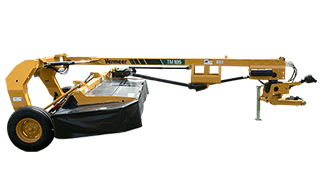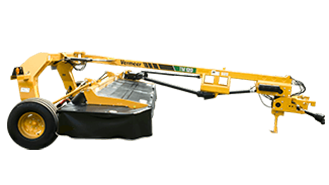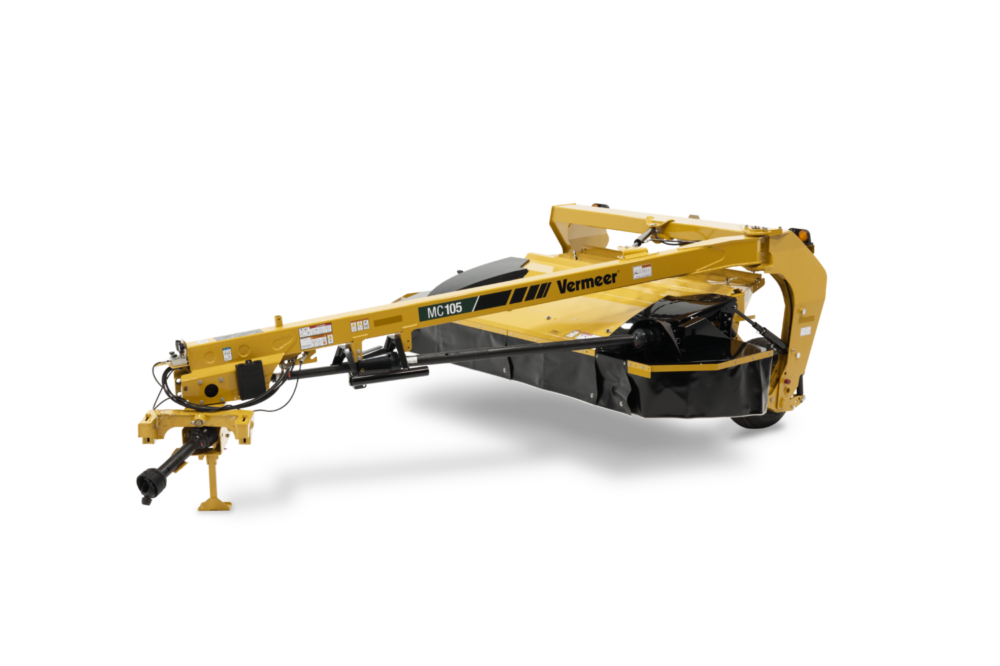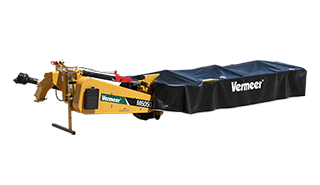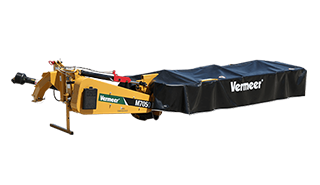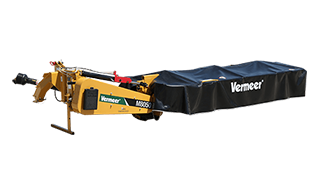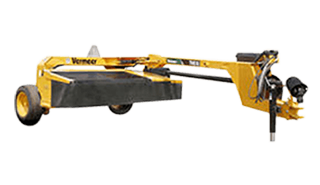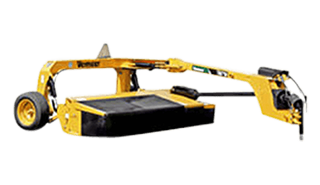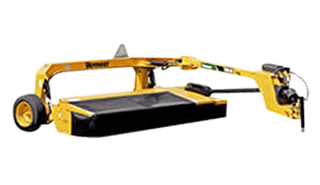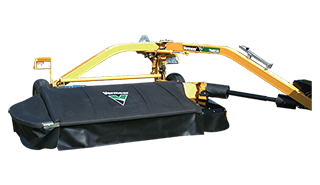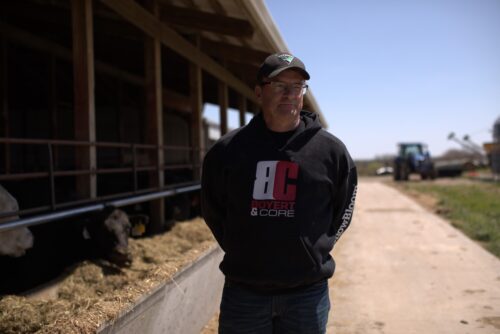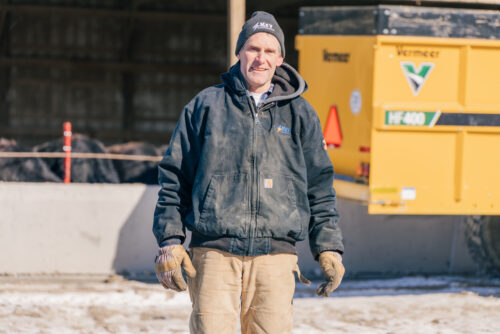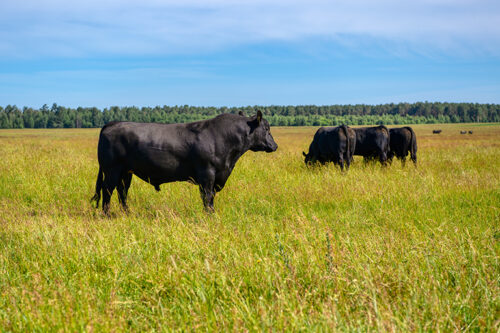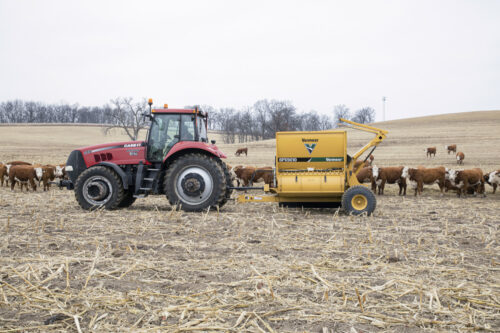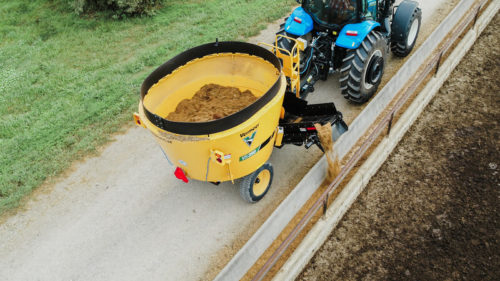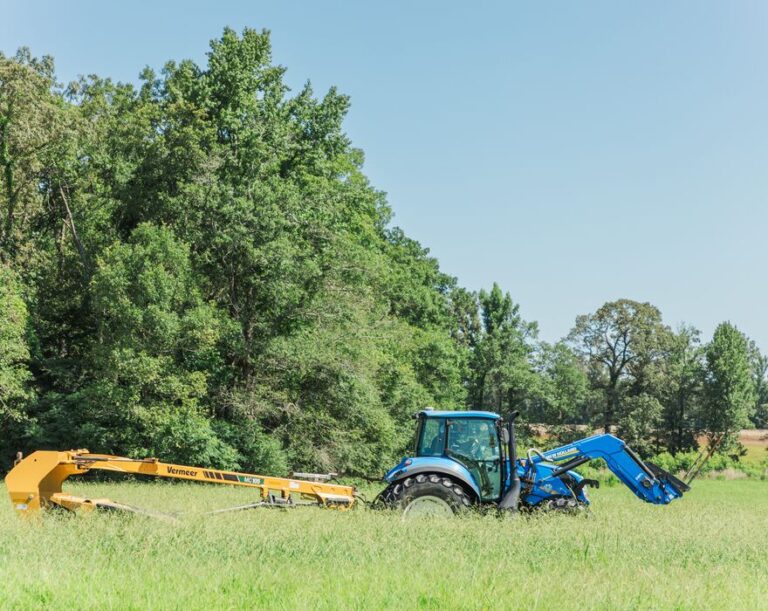
How to maximize your forage quality with pasture management
March 2022
If a little is good then a lot is better, right
When it comes to pasture management, the answer is yes and no.
Pasture grasses are at peak nutritional value prior to growing larger and reaching their reproductive stage when they start heading out. So, how can a cow-calf producer maximize on this growing phase to provide high-quality forage to their herd year-round?
The answer lies in knowing when to mow your cattle pasture.
It may sound counterproductive, but it’s best to mow pasture grass before cows graze it. Mowing as part of pasture management helps give cows the most nutrient-dense grass available. While many cattle producers use a pasture rotation system, sometimes high-quality forage goes to waste when there is an overabundance of grass during the growing season. One way to maximize the use of pasture grass is to mow, rake and bale pastures that aren’t being used in the first rotation. This method helps optimize forage quality for a longer amount of time and also allows for high-quality forage to be put up for the following winter.
A win all the way around.
When to mow pasture grass and why you’d want to
For healthy grass production, it’s a best practice to either mow it or let cows graze before it starts heading out. When a perennial grass plant moves into its reproductive phase, all its energy and nutrients go up the stem to the seedhead. If mowed or grazed before that time, the energy and nutrients stay in the plant stem and leaflets, giving cows the most nutritional benefits.
“Pasture can be one of the least expensive feed for livestock,” said Amy Peters, former Oregon State University Extension Service professor, in her article Grazing Management of Improved Pastures. “Ensuring that animal nutrient-needs can be supplied by pasture for as many days as possible will help your operation become more economically viable.” This is especially important today, with the increased cost of feed.
If you’re like most cattle producers, sustaining your land and your business model are top goals. By properly managing pastures, your cattle will be able to consume more high-quality forage and less supplemental feedstuffs will be required.
Develop a pasture management plan
According to Dan Undersander and his team in their guide, Pastures for Profit: A Guide to Rotational Grazing, your forage production should match your cattle’s needs. This usually isn’t possible since the growing season is short and pasture production is uneven, while cattle feed needs are always stable or increasing.
This challenge can be made worse without a rotational grazing and/or a pasture management plan. When cattle have access to the full pasture for the entire grazing season, they’ll eat the most palatable species, which allows less desirable plants to take over. According to Peters, this lessens the forage quality over time and decreases forage production. Supplemental feed becomes necessary.
A good place to start in increasing productivity is establishing goals and developing a pasture management plan. Peters recommends putting the plan in writing and outlining long- and short-term goals for both cattle and forage. Short-term goals should build toward your long-range plan and consider budget. Your plan should allow enough flexibility in case of a severe weather event or other disaster.
When mowing or grazing, Peters’s article recommended taking 50% of the forage and leaving 50%. Undersander’s guide agrees with this philosophy, and he adds that leaving 4 inches for cool-season grasses and legumes and 4 to 8 inches for warm-season grasses is a good rule of thumb for maximum productivity.
This allows the plants to recover more quickly so they’ll yield more forage in the end. Simply put, mow before the pasture grasses reach their reproduction stage. This will help the field maintain nutrients for cows during the next pasture rotation while producing adequate hay for winter.
Get the right equipment
When it comes to mowing, you want to be as efficient as possible. Vermeer offers a variety of mowers, including disc mowers, trailed mowers and mower conditioners.
Talk to your local Vermeer agriculture dealer to identify the best mower, baler and other hay tools for your operation. Speaking with local hay and forage experts about grass production specific to your region will also shed light on the best management strategies for your scenario and goals.
Written by Agricultural Communications Specialist Kayla Jennings for Makin’ Hay.
Information noted above was gathered from a third party who was advised his/her experience might be featured in marketing materials. This article contains third-party observations, advice or experiences that do not necessarily reflect the opinions of Vermeer Corporation, its affiliates or its dealers. Individual results may vary based on care and operation of machine and crop and field conditions, which may adversely affect performance.
Vermeer Corporation reserves the right to make changes in engineering, design and specifications; add improvements; or discontinue manufacturing at any time without notice or obligation.
Equipment shown is for illustrative purposes only and may display optional accessories or components specific to their global region.
Please contact your local Vermeer dealer for more information on machine specifications.
Vermeer and the Vermeer logo are trademarks of Vermeer Manufacturing Company in the U.S. and/or other countries.
© 2025 Vermeer Corporation. All Rights Reserved.

